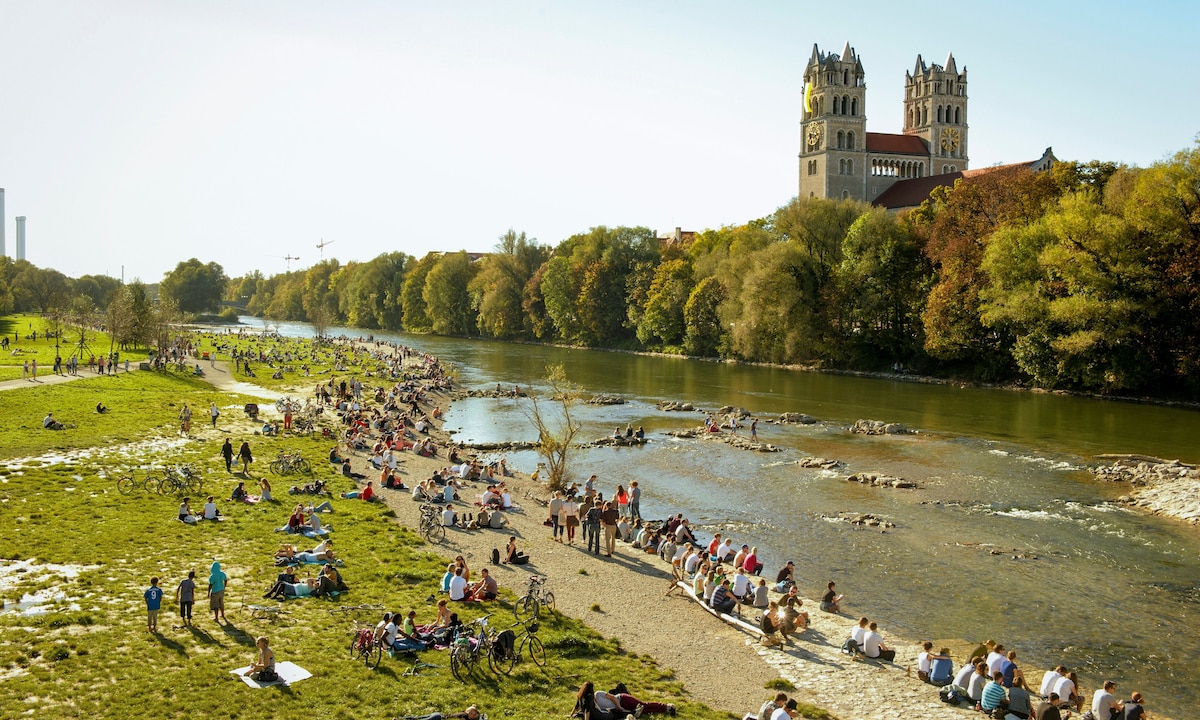
Vacation rentals in Germany
Find and book unique accommodations on Airbnb
Top-rated vacation rentals in Germany
Guests agree: these stays are highly rated for location, cleanliness, and more.

Cozy tiny house with sauna and hot tub
Our feel-good oasis in the forest for nature lovers and people seeking silence. Spending the night at the edge of the forest is an indescribable experience. Our cozily furnished tiny house is the ideal place to relax and for a romantic getaway. Located in the middle of the Bergisches Land in a small and quiet village, you can enjoy the tranquility on a separate and fenced property of 1,500 square meters. With a bit of luck you can watch deer, foxes, owls and rabbits.
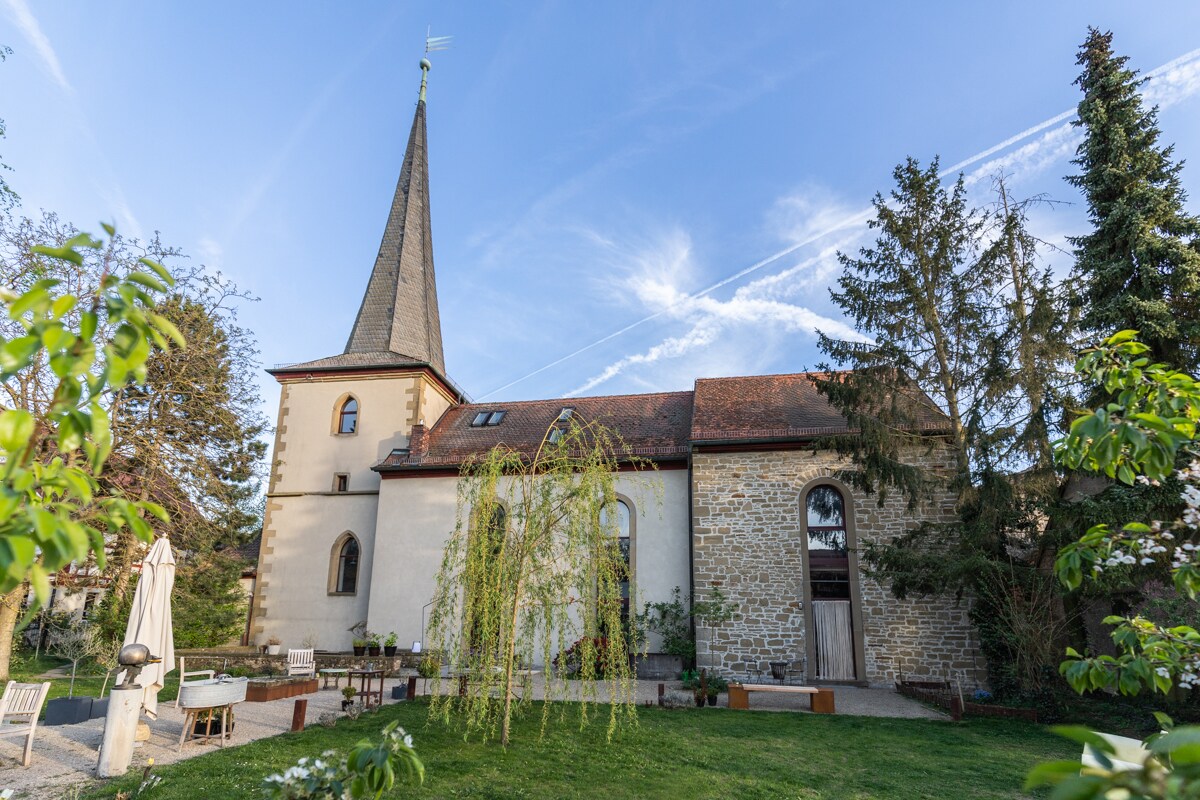
Old village church
The former village church is located in a 1,600 square meter property in the middle of the village of Erbshausen-Sulzwiesen. Surrounded on all sides, it is an ideal retreat without being "out of this world." In the morning sun in front of the sacristy, on the church wall in the afternoon or in the evening under fruit trees. In the lower tower room on the couch, in the upper tower room – the former bell room – while watching the birds. There is always a nice place.
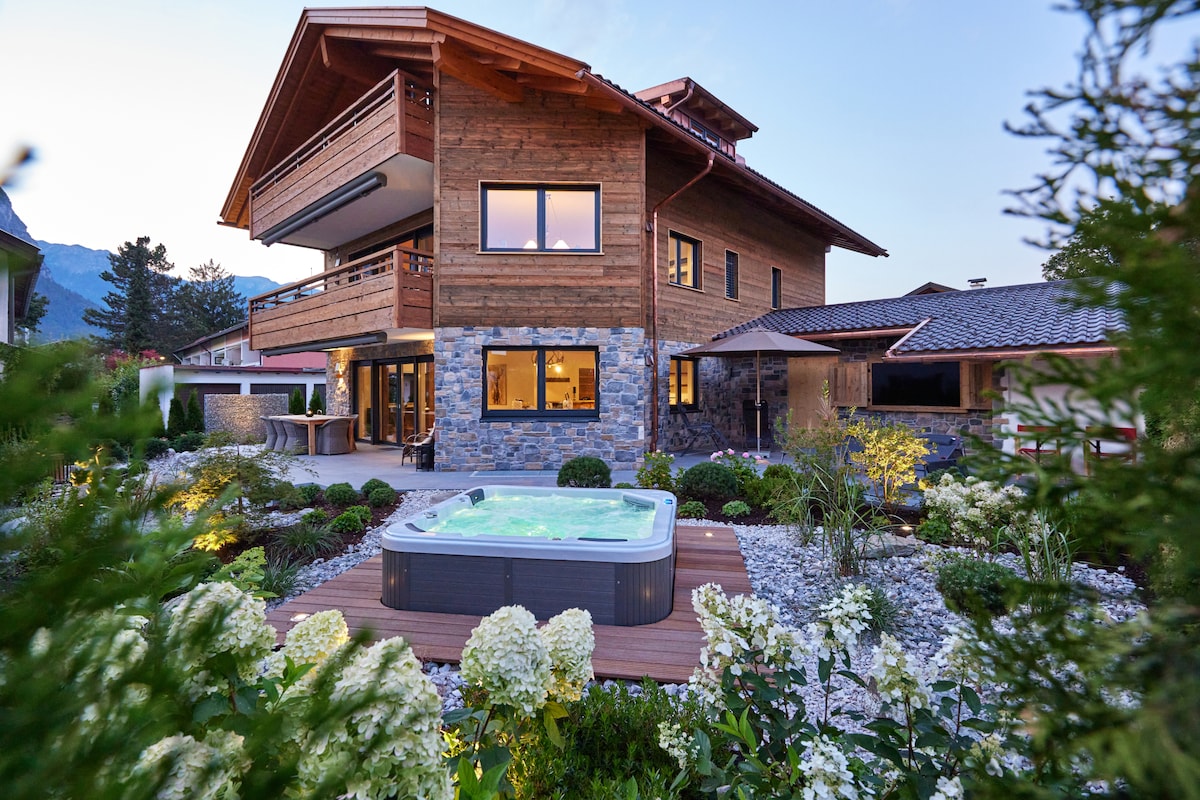
Spirit of Deer – Private Sauna & Hot Tub
Das im Jahr 2022 fertiggestellte Ferienhaus Sunshine lädt im Apartment Spirit of Deer zur Entspannung und Erholung auf höchstem Niveau ein. Das Apartment zeichnet sich durch einen hohen Ausstattungsstandard, viel Platz und eine angenehme harmonische Atmosphäre in einer bevorzugten Lage aus. Die Fußgängerzone ist in 10-15 Minuten zu Fuß erreichbar und Supermärkte befinden sich in unmittelbarer Nähe. Ein Garagenstellplatz steht den Gästen jederzeit zur Verfügung.

Apartment with its own sauna in the Bergisches Land
Cozy attic apartment with its own sauna and large loggia in the edge of the forest and altitude. Hiking and MTB trails are right at your doorstep. Ruppichteroth lies in the wooded hills of the Bergisches Land, near Siegburg / Bonn / Cologne. The idyllic landscape offers an incentive to linger relaxing and a variety of opportunities for sports activities (hiking, cycling, horseback riding, kite flying, canoeing/kayaking on Bröl and Sieg in every season).

DND Design Loft: 170 m ²|Parking|Netflix|Balcony
Welcome to DND Apartments! Looking for unique accommodation? Experience our 170 m² design loft with a fantastic view over Würzburg. High-quality furnishings: → Best location (close to the residence, shopping facilities, connection to the city centre) → 3x bedrooms with KINGSIZE beds → SMART TVs with Netflix and Xbox → Fully equipped kitchen → Workplace & high-speed WLAN → Washing machine & tumble dryer → Sunny loggia → 2x car parking space → Baby cot
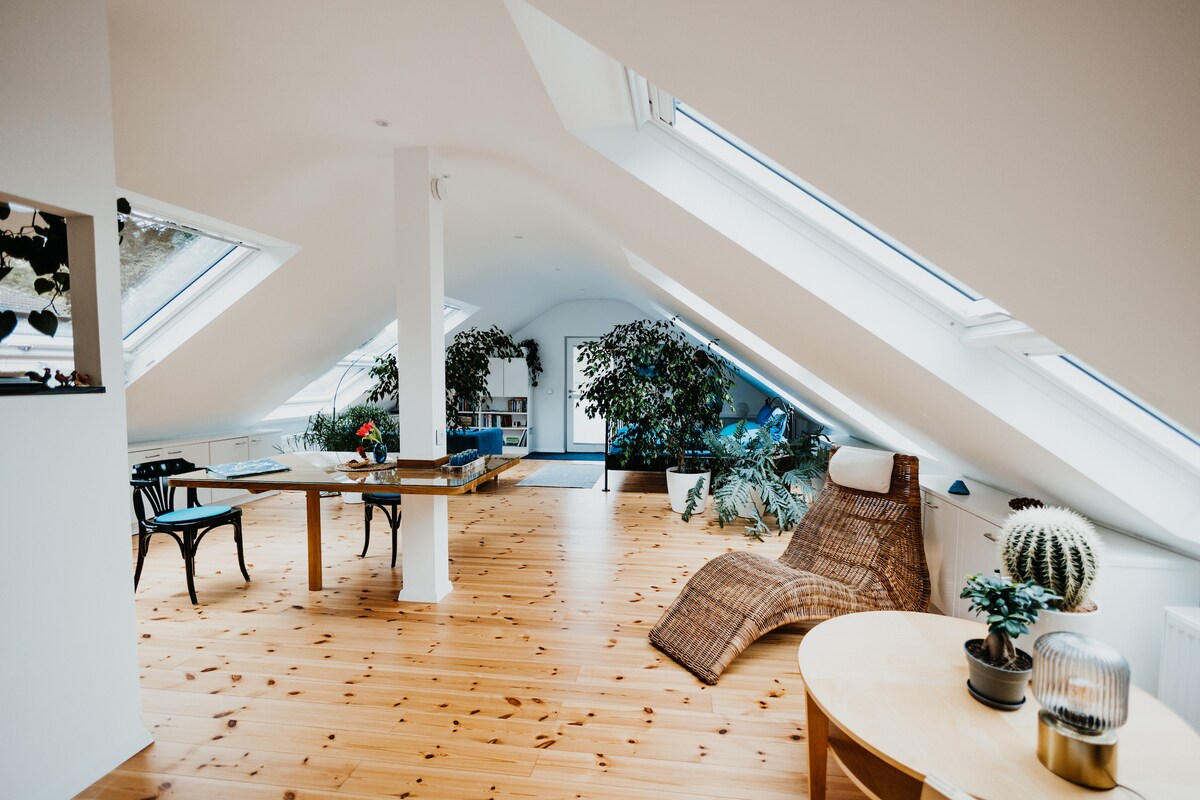
Beautiful studio in the Siebengebirge
Relaxing country vacation in the Siebengebirge or pleasant business stay in our beautiful, bright studio apartment (approx. 50 m²) in a quiet environment with separate entrance and outdoor seating. The apartment is located in the Königswinter mountain area at the foot of the Ölberg and is the perfect starting point for hikes. It is ideal for a small family, hikers or cyclists. There are a variety of excursions to the nearby or more distant surroundings.
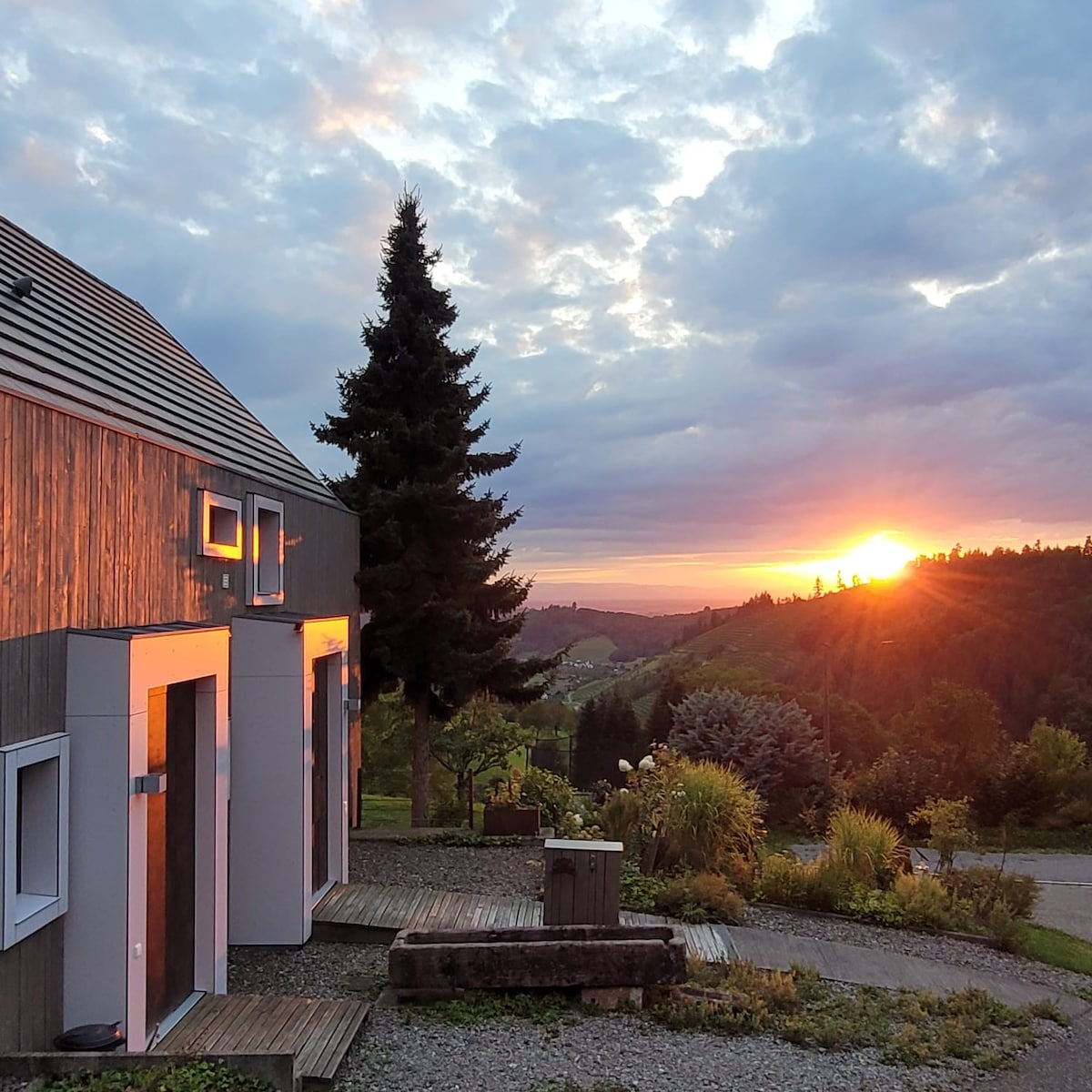
Brennküch-Designferienhaus
Here is the ideal place for those who like to treat themselves to something special in special surroundings. Between meadows and forests, you will stay here with breathtaking views, which extends over the Black Forest peaks to the Vosges. The modern architecture and high-quality furnishings have a very special charm and offer a unique holiday experience. In the BRENNKÜCH, spread over 120 sqm, spread over two floors, can accommodate 7 rooms to relax.
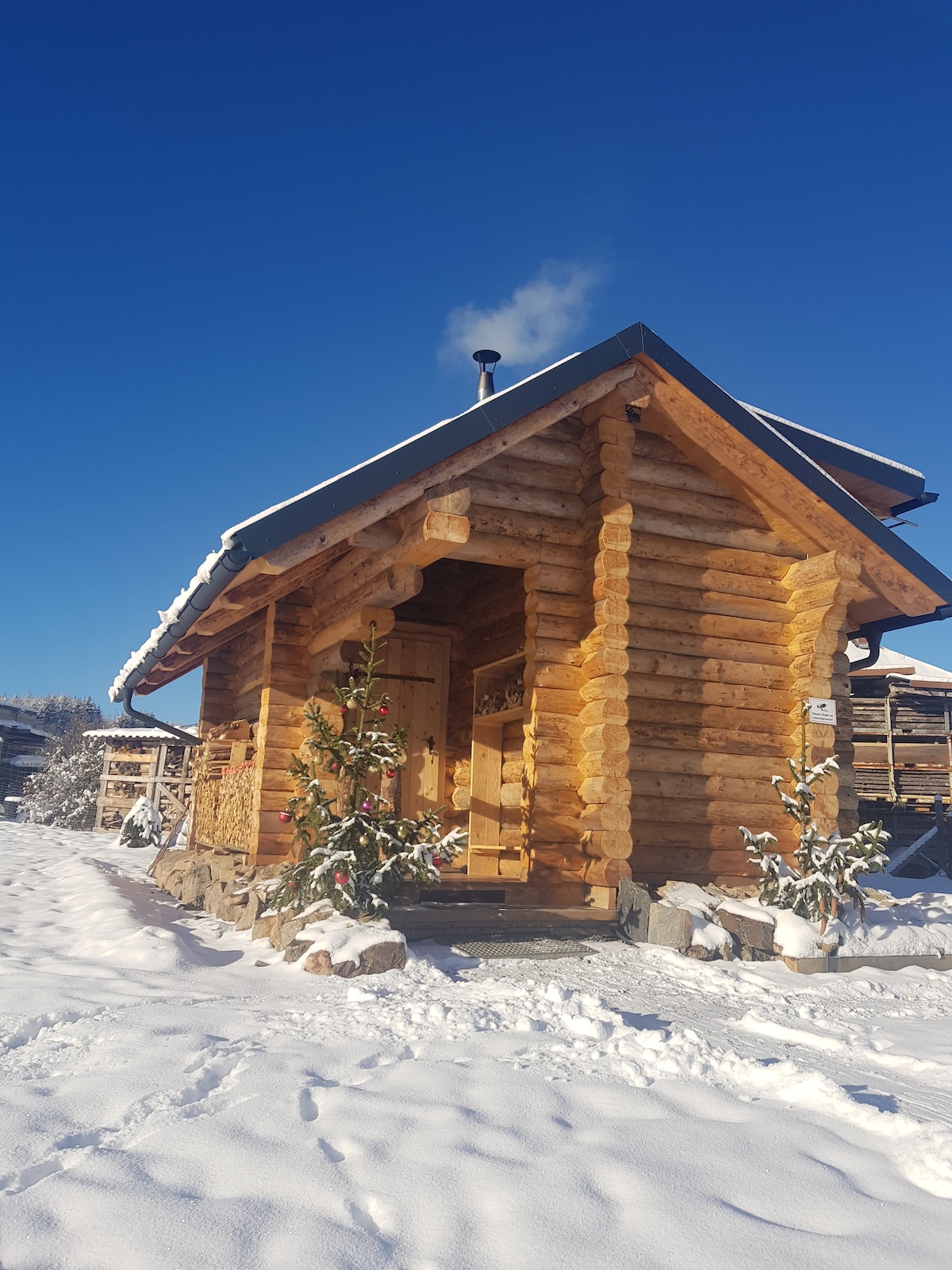
Hascherle Hitt
Adventure?! Tinyhouse-style cabin for a cozy getaway in the Vogtland. The cabin has a small bathroom with underfloor heating, shower, toilet and a sink. The sleeping area for two people can be reached by a comfortable ladder staircase. There is a small wood-burning stove that heats the cottage, is used as a stove and spreads comfort. Direct parking on the premises. There is another hut on the property, which also occasionally accommodates guests.
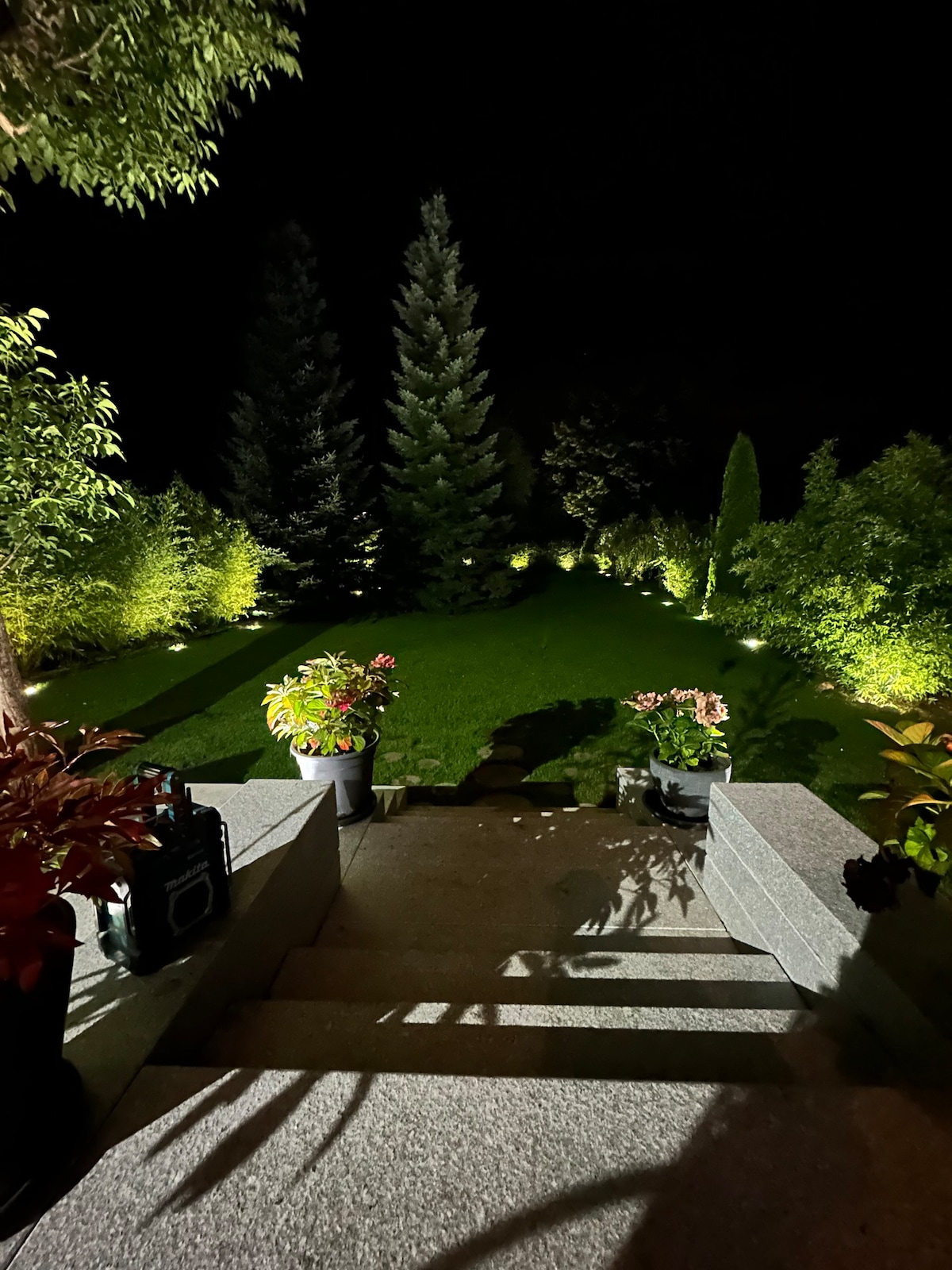
A haven south of Berlin
A 2 family house in a quiet location. Quiet, but still not far from the hustle and bustle of Berlin About 15 minutes walk to the regional train station from which you can be in Berlin Mitte in a good half hour Restaurants and shopping nearby The small bathing lake "Kiessee" is about 1.5 km away on foot The Rangsdorfer See with Lido nearby By car you are also in a good 40 minutes in Potsdam with the many sights

Romantic 17th Century Gingerbread Guesthouse
Wie sagte ein Freund: das ist ja ein Rosamunde-Pilcher-Traum... :) Das Gingerbread Guesthouse is ein 350 Jahre altes Fachwerkhaus im malerischen Städtchen Bacharach. In der 100 qm großen Ferienwohnung soll man sich sofort zuhause fühlen und die unglaublichen Ausblicke auf den berühmten Malerwinkel, die Stadtmauer mit dem Liebesturm und die Burg Stahleck genießen. Mehr Mittelrheinromantik geht nicht.
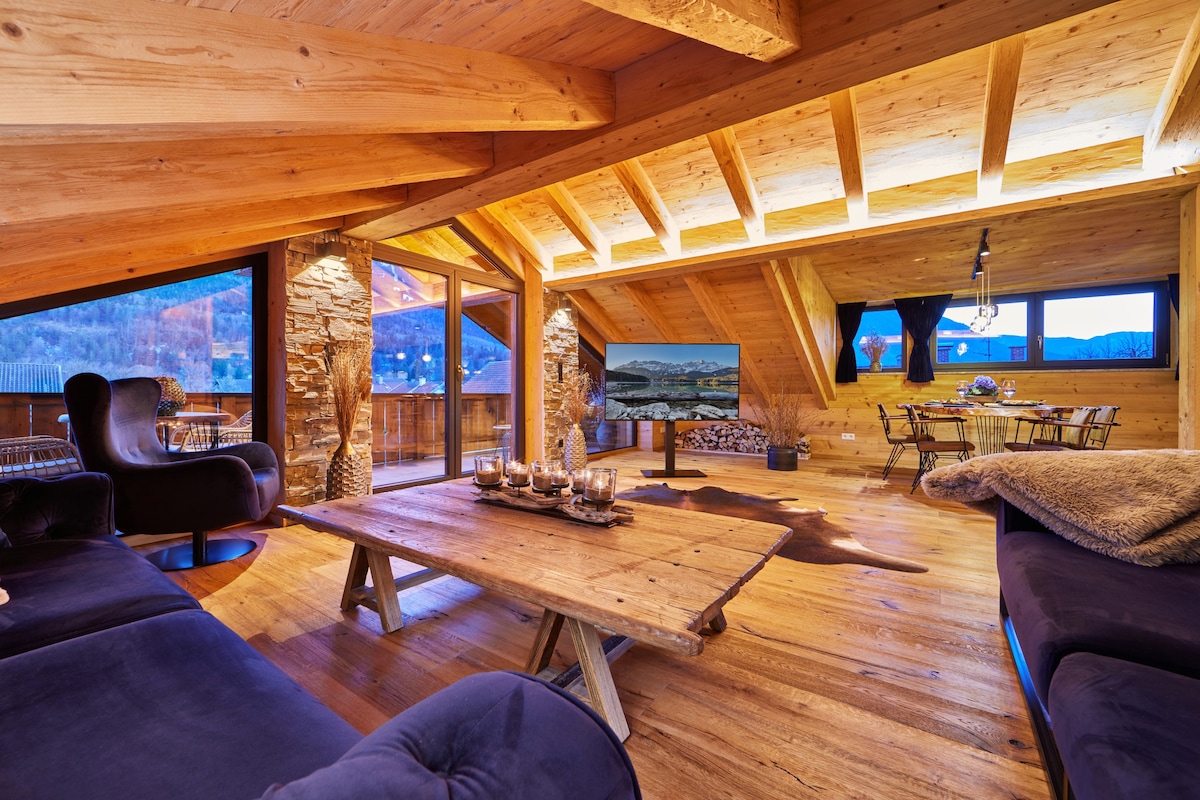
Chalet
Welcome to the beautiful district of Garmisch. As the epitome of luxury and alpine elegance, our apartments set new standards in the exclusive, just as cosmopolitan and quiet recreation area in Garmisch Partenkirchen. Thanks to its privileged location, the apartment offers you a breathtaking view, where the morning sun welcomes you for a cosy breakfast with a view of the Zugspitze.

I am Tiny - a pretty wooden house on the edge of the forest!
I am furnished so that you can find relaxation and well-being. Through my large window front you can look into the countryside... onto a large meadow, trees and bushes. I've been around for 50 years… even though tiny houses are all the rage right now, I've been around a long time… but I've recently been renovated and look forward to welcoming interesting guests!
Popular amenities for Germany vacation rentals
Germany apartment rentals
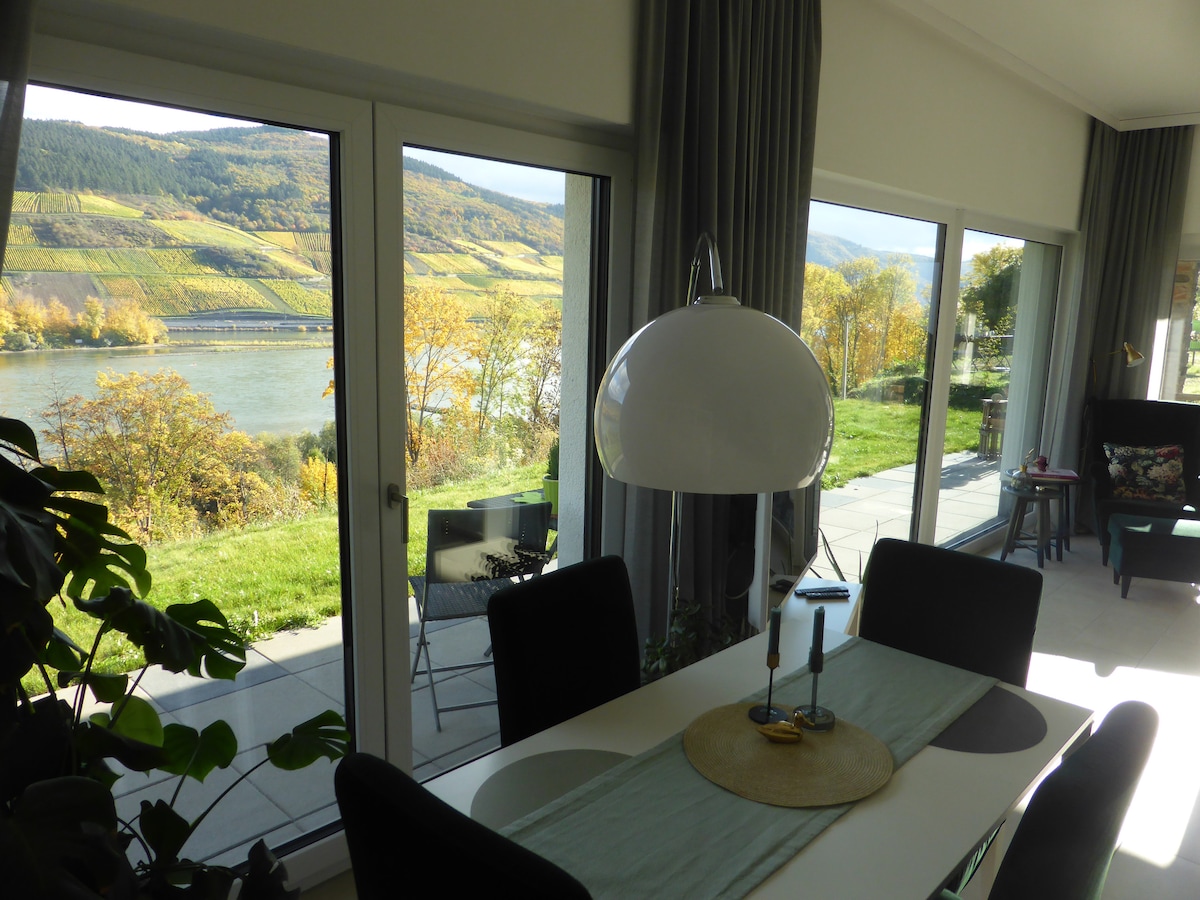
Vacation home Rheinpanorama

❤️ Deluxe Ground Floor Apartment in Old City
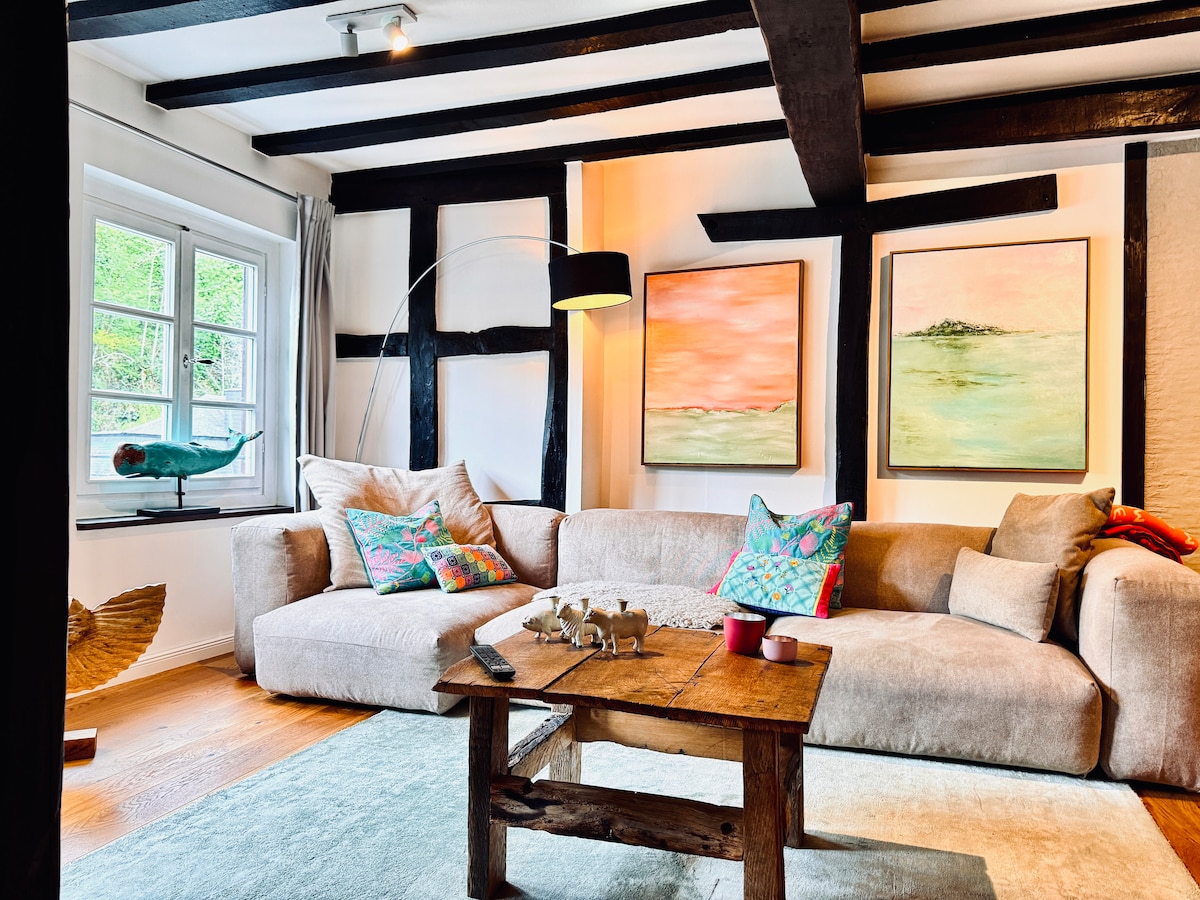
Historic cloth maker's house in the heart of Monschau
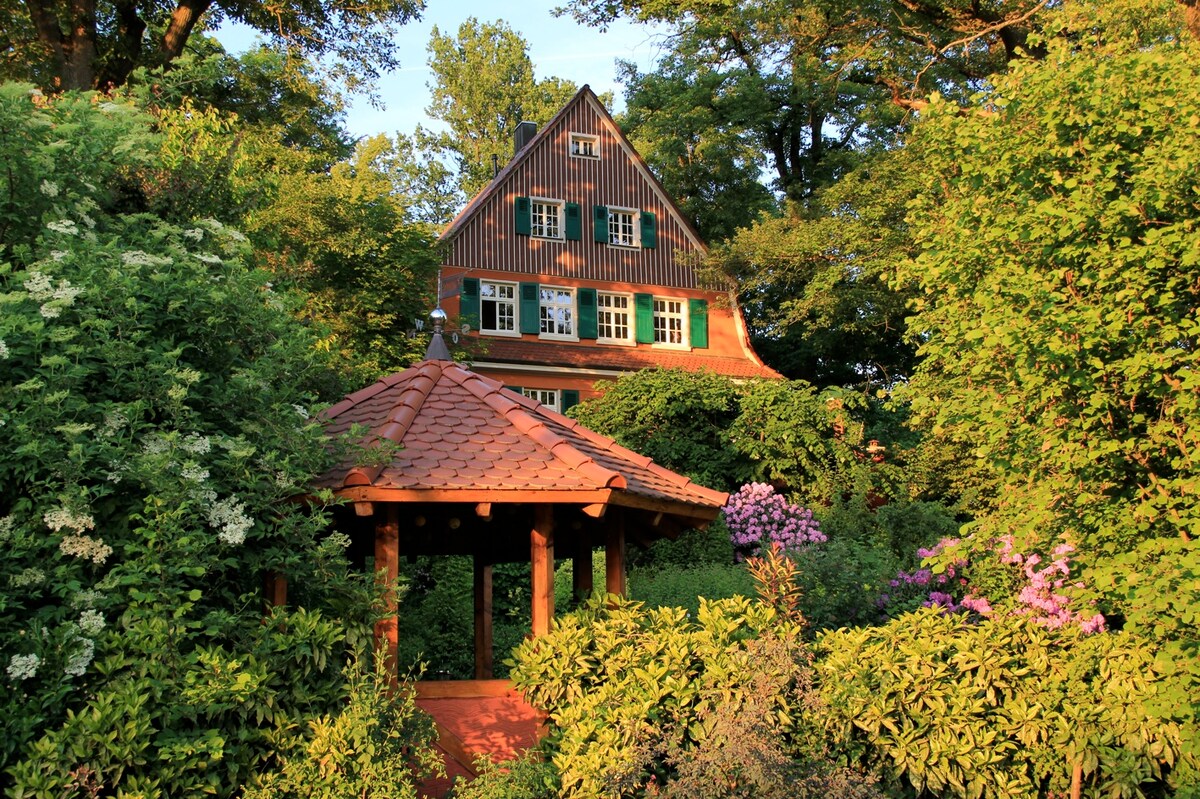
Apartment Villa Wanderlust
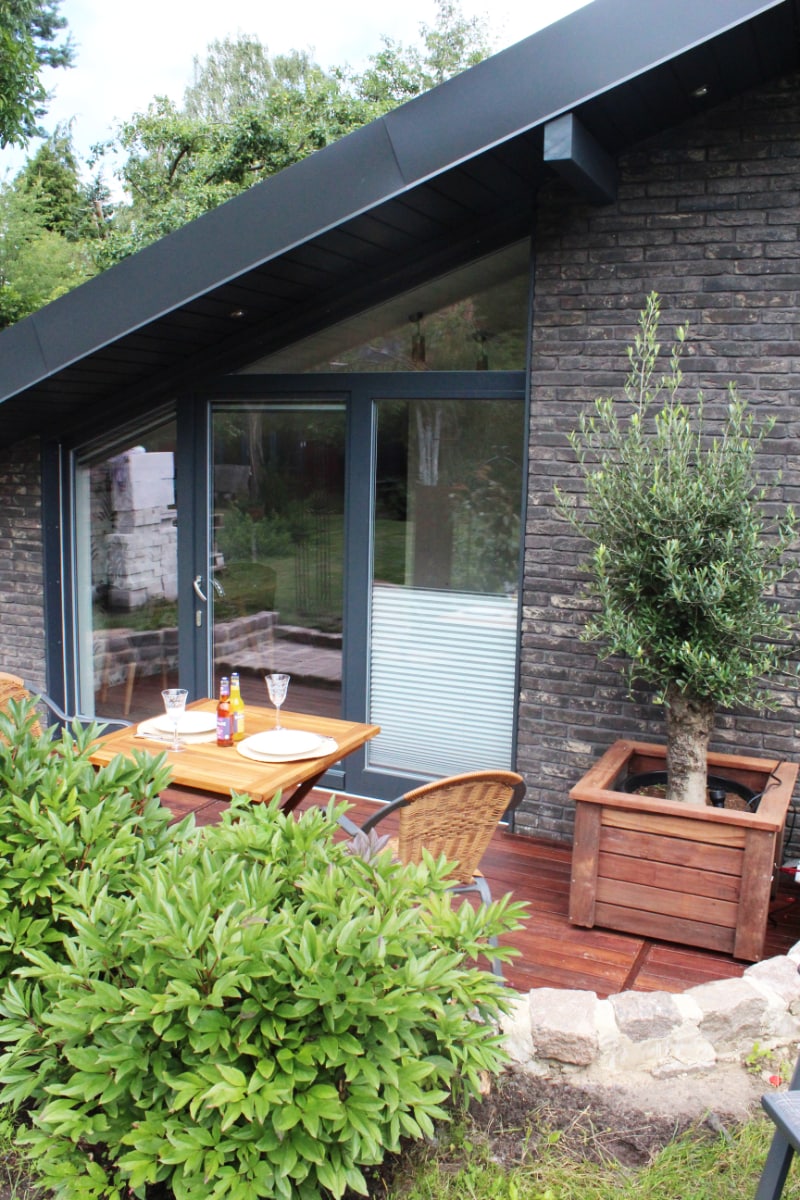
Great apartment for 2 people in a green area

To the fantastic view
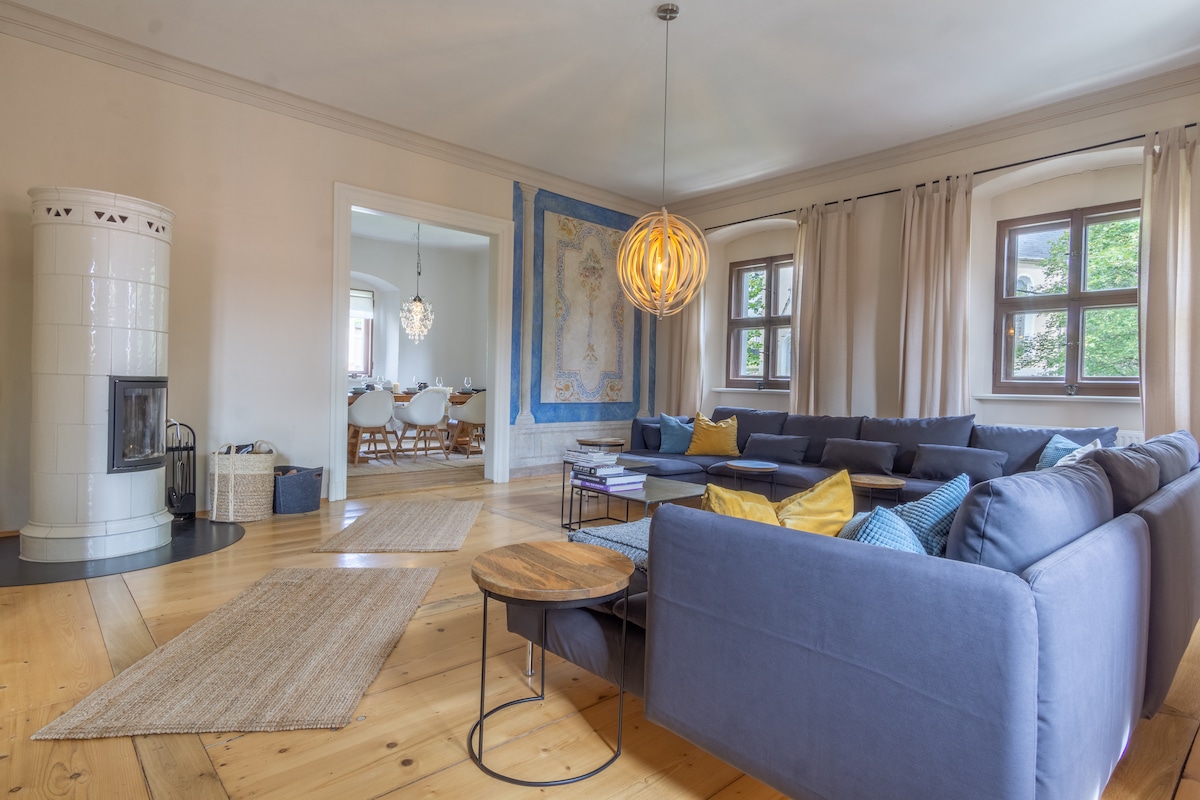
Spacious apartment in historic rooms

River view apartment in historical home
Germany house rentals
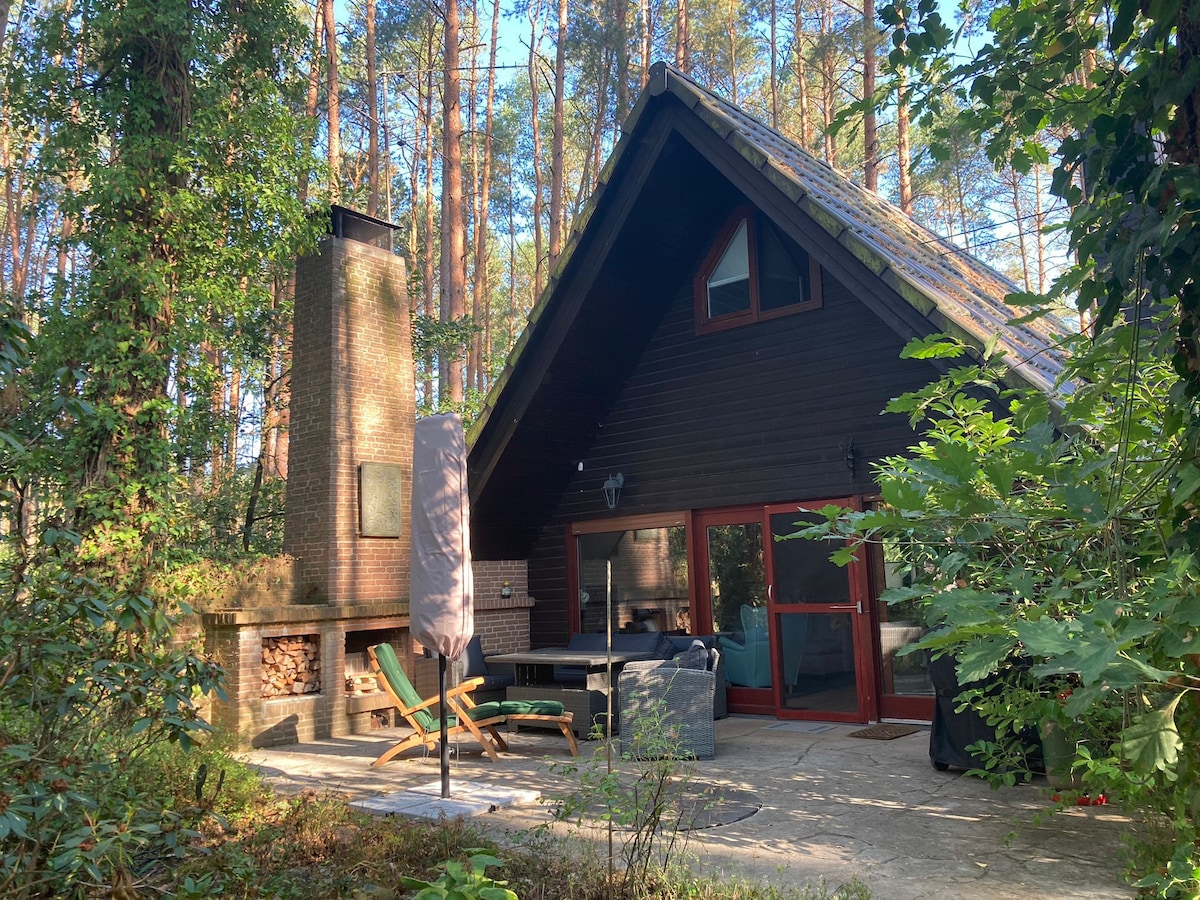
Heidjer's House Blickwedel
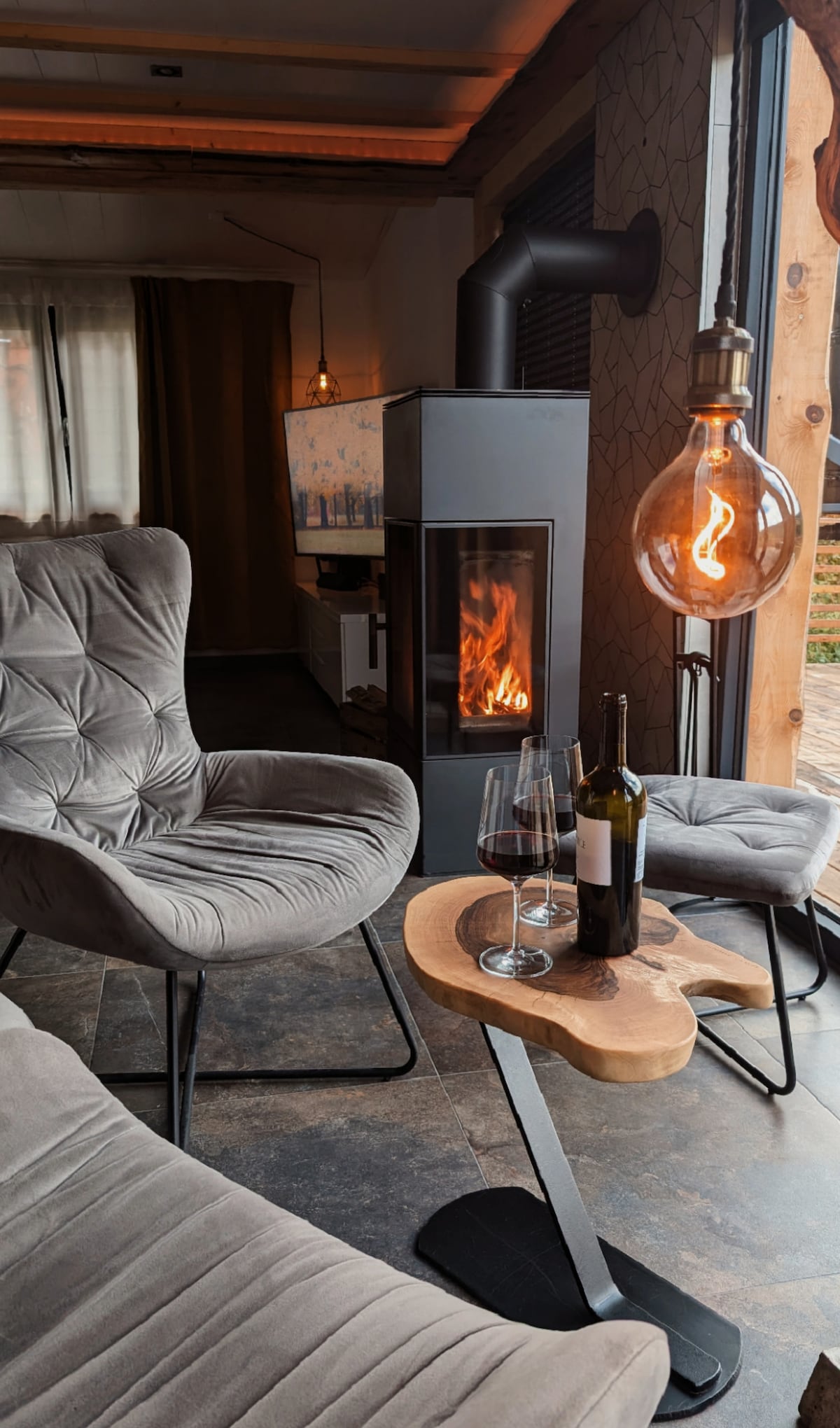
Lux vacation home
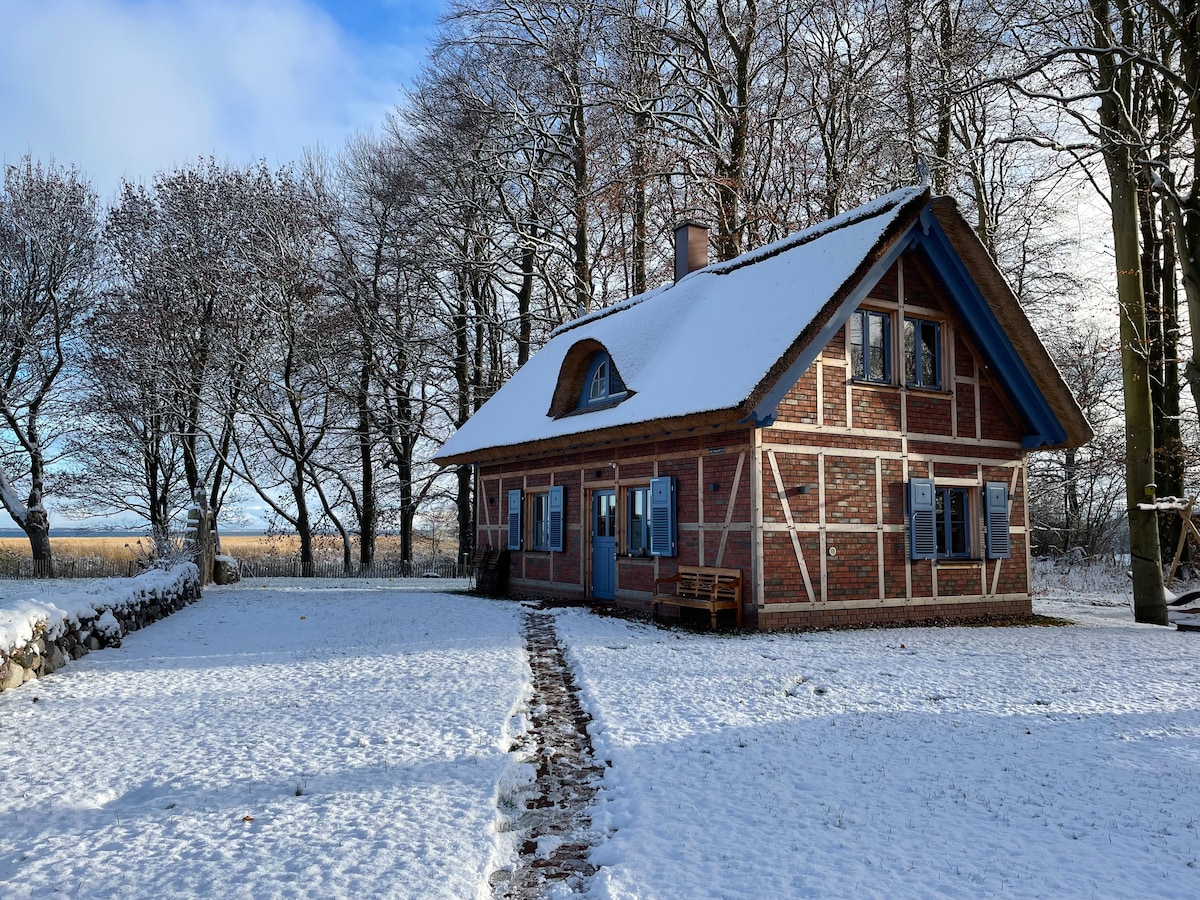
Excl. thatched halftimbered holidayhouse waterview
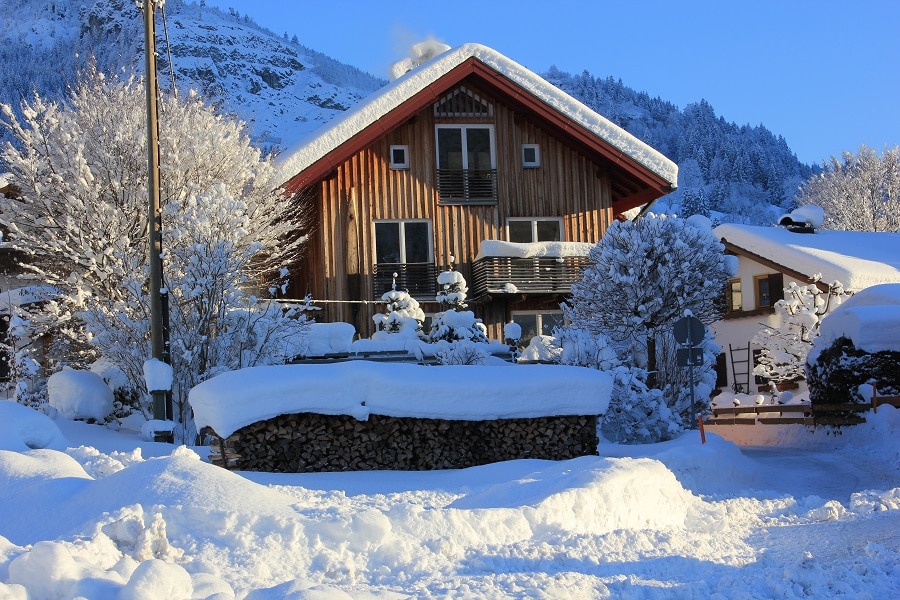
Ferienwohnung im Allgäu "Am Hirschbach"
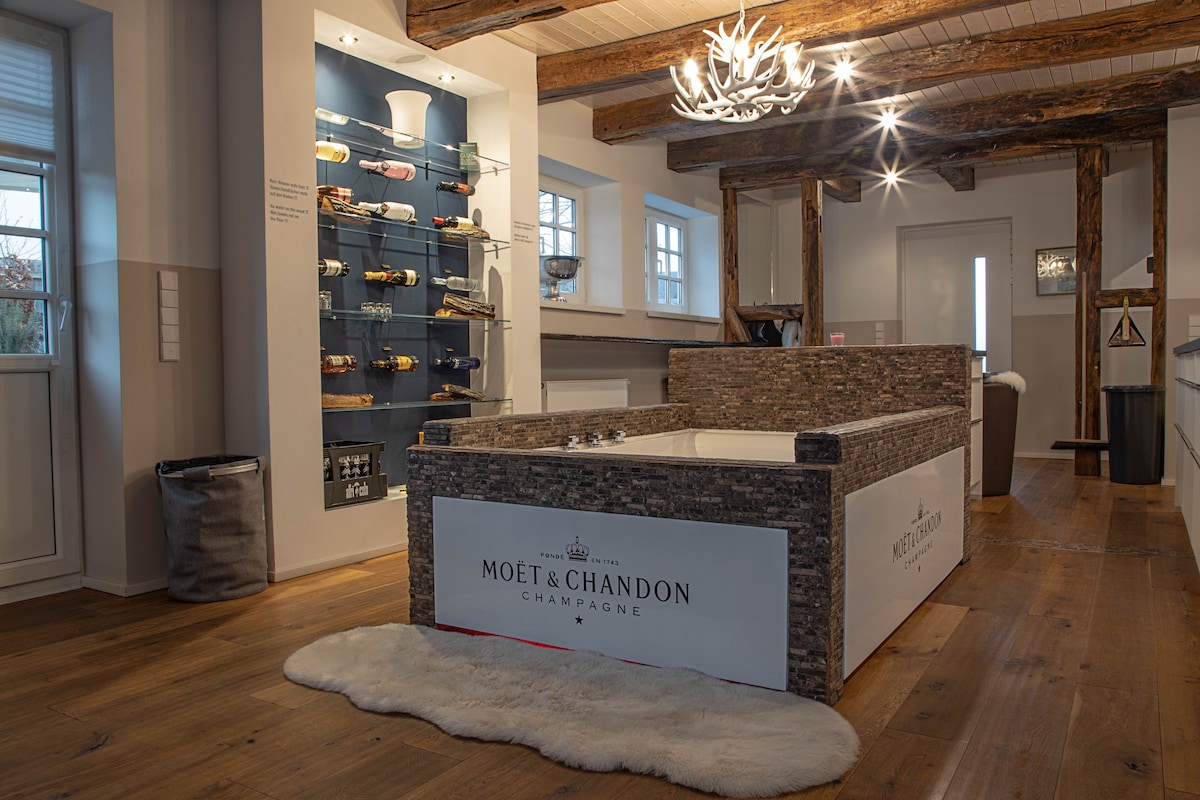
Luxury vacation home Isernhagen
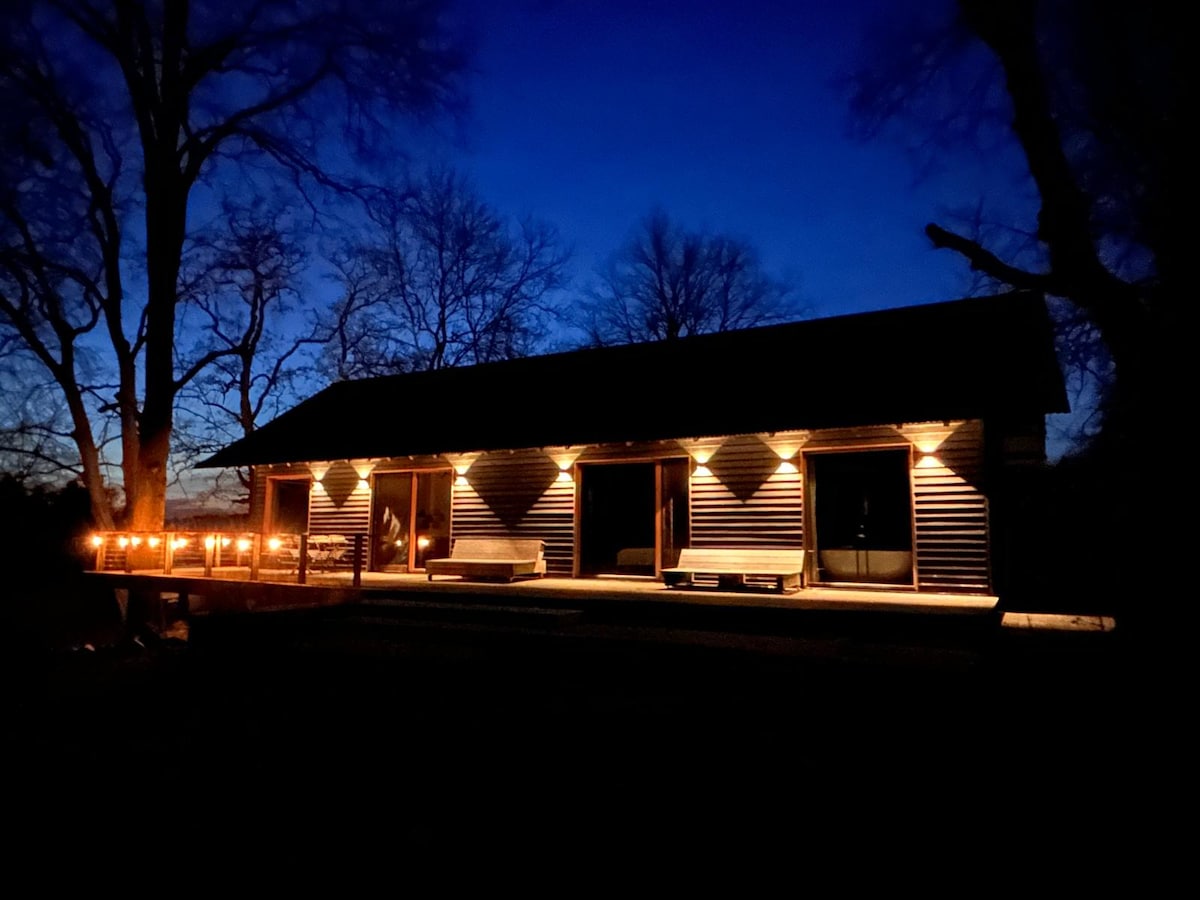
Spreehaus Raßmannsdorf, New Feb 2025 Sauna

House Wolf Erzgebirge
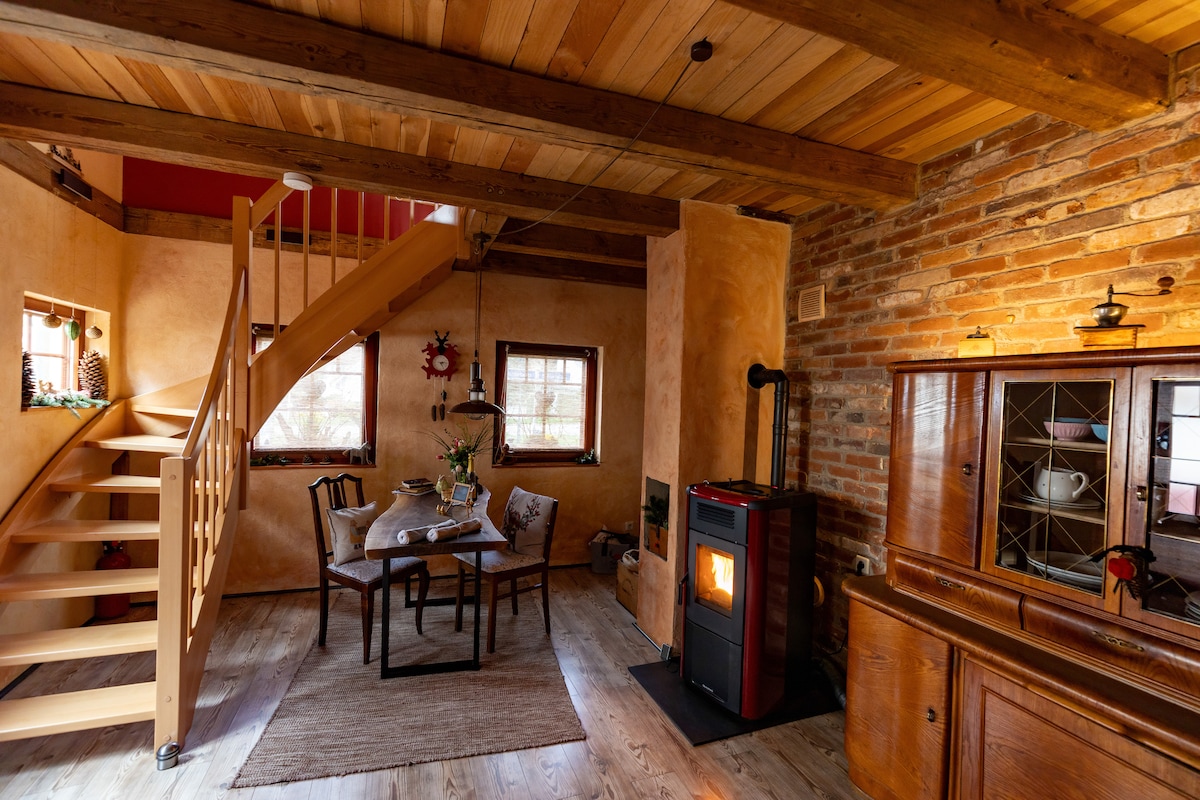
Romantic winegrower's house
Other great vacation rentals in Germany
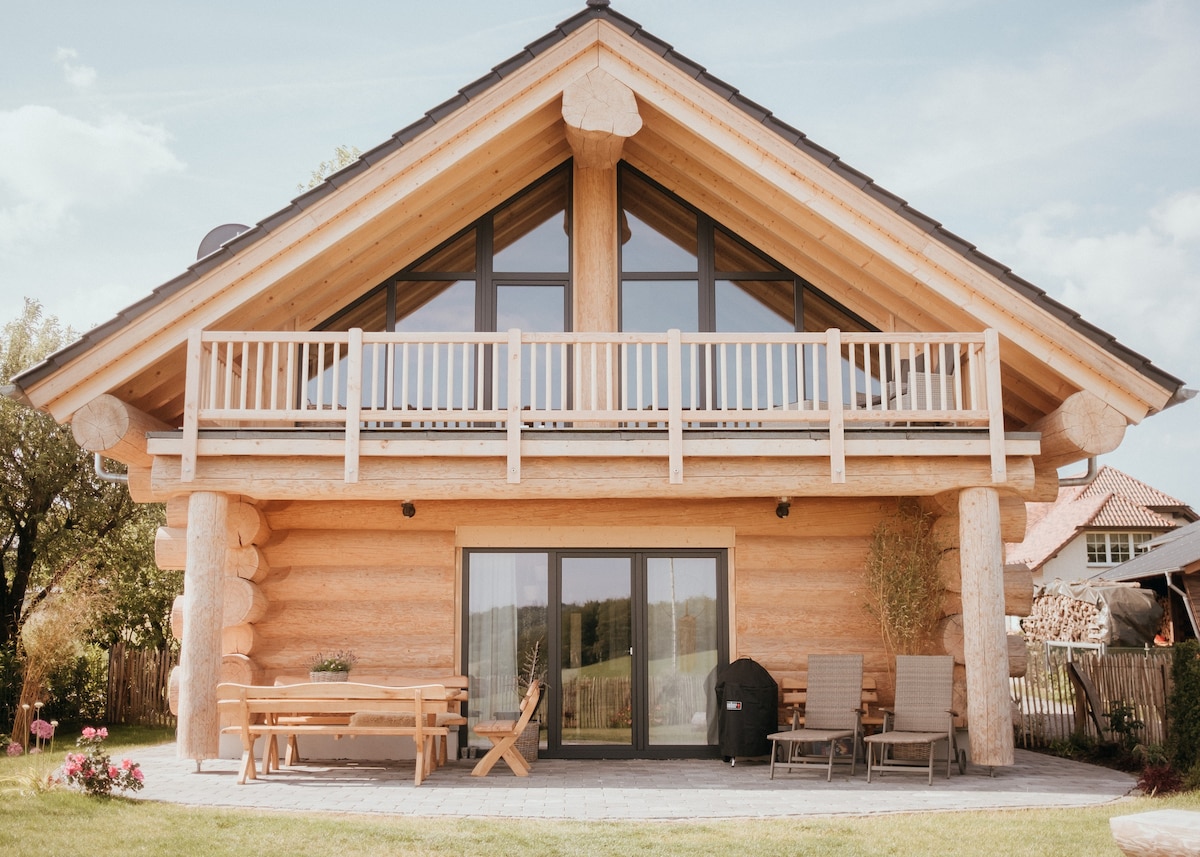
Chalet / natural log house with hot tub and barrel sauna
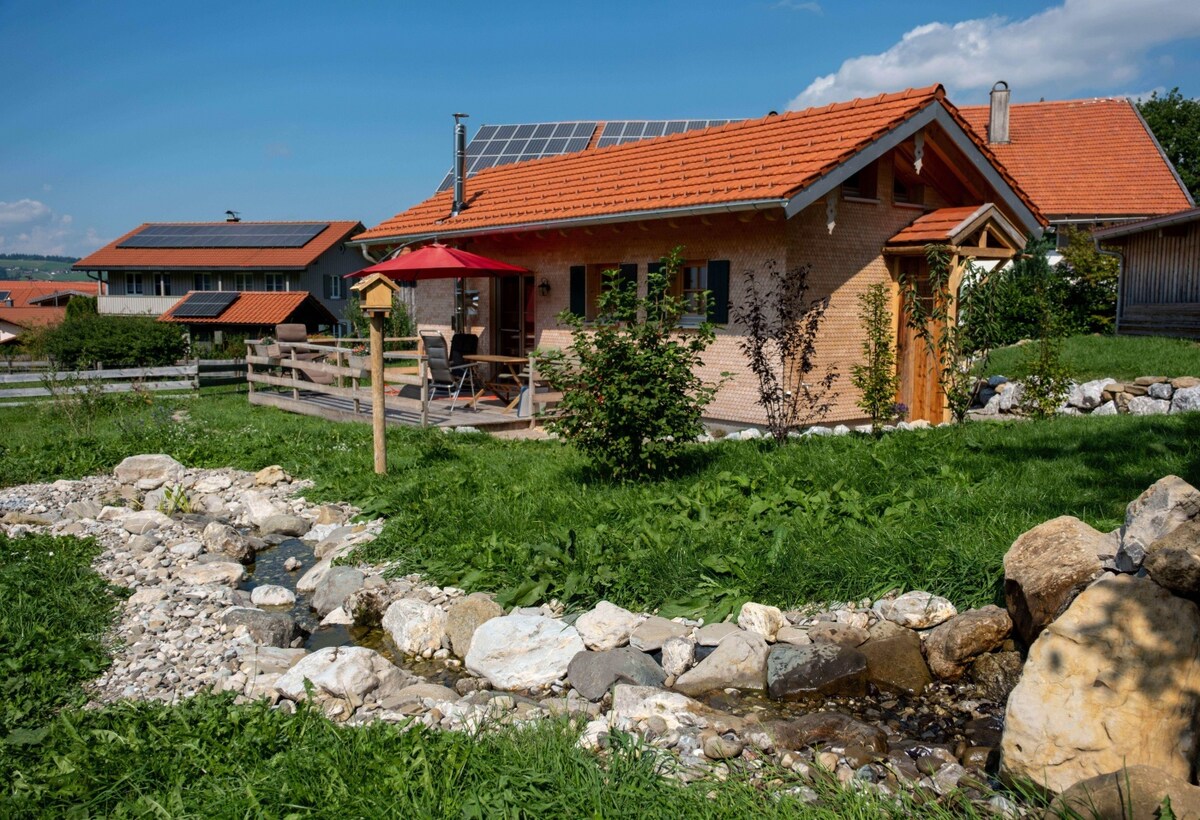
Tiny Chalet - comfort & nature pur

Christmas in the heart of Heidelberg with parking
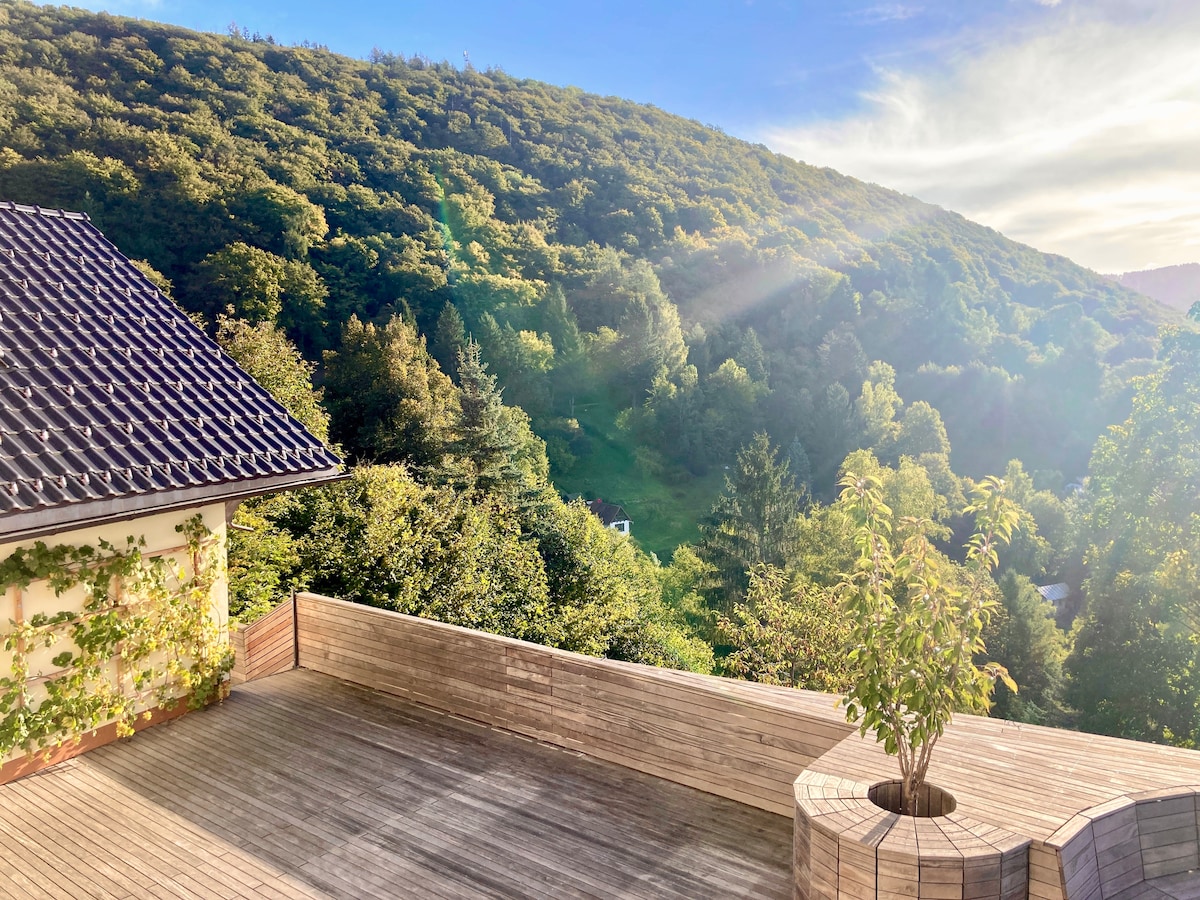
House Palita- Eagle View (Yoga & Boulder option)
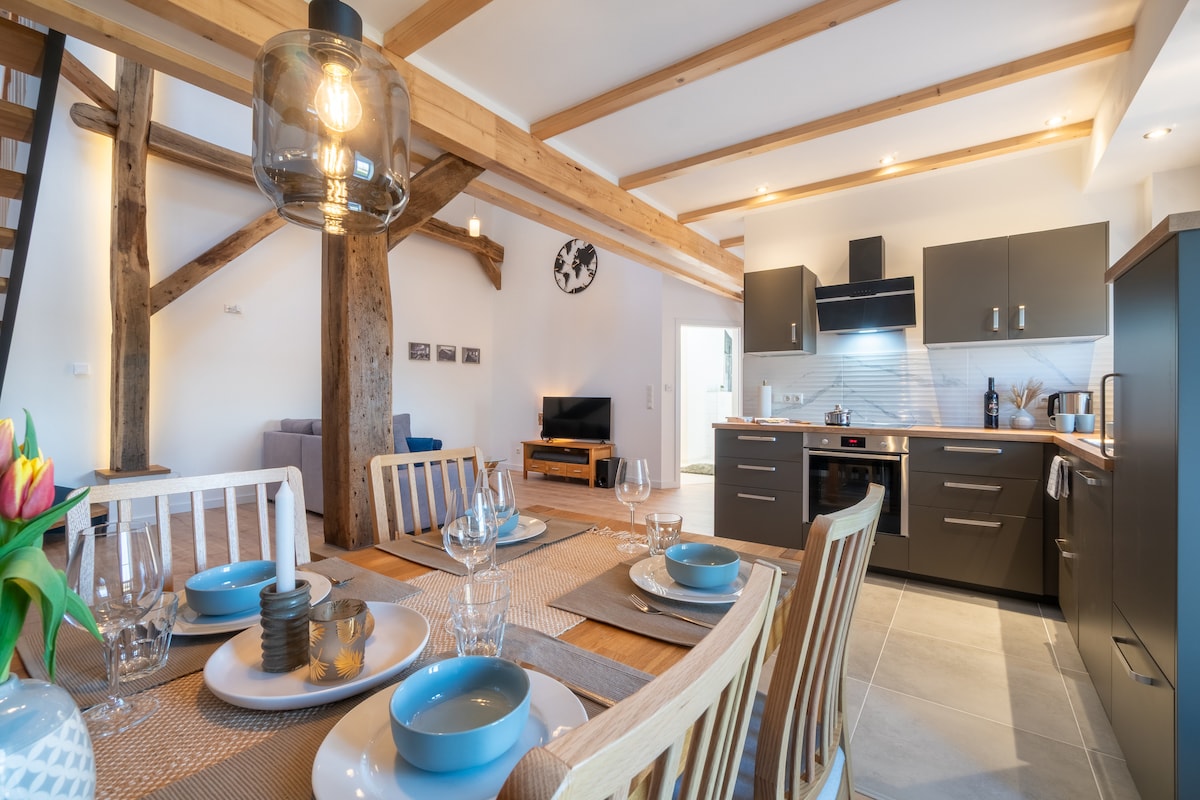
Apartment for the little bird, sauna, country idyll

Vacation home in the Black Forest by the lake "Backhäusle"
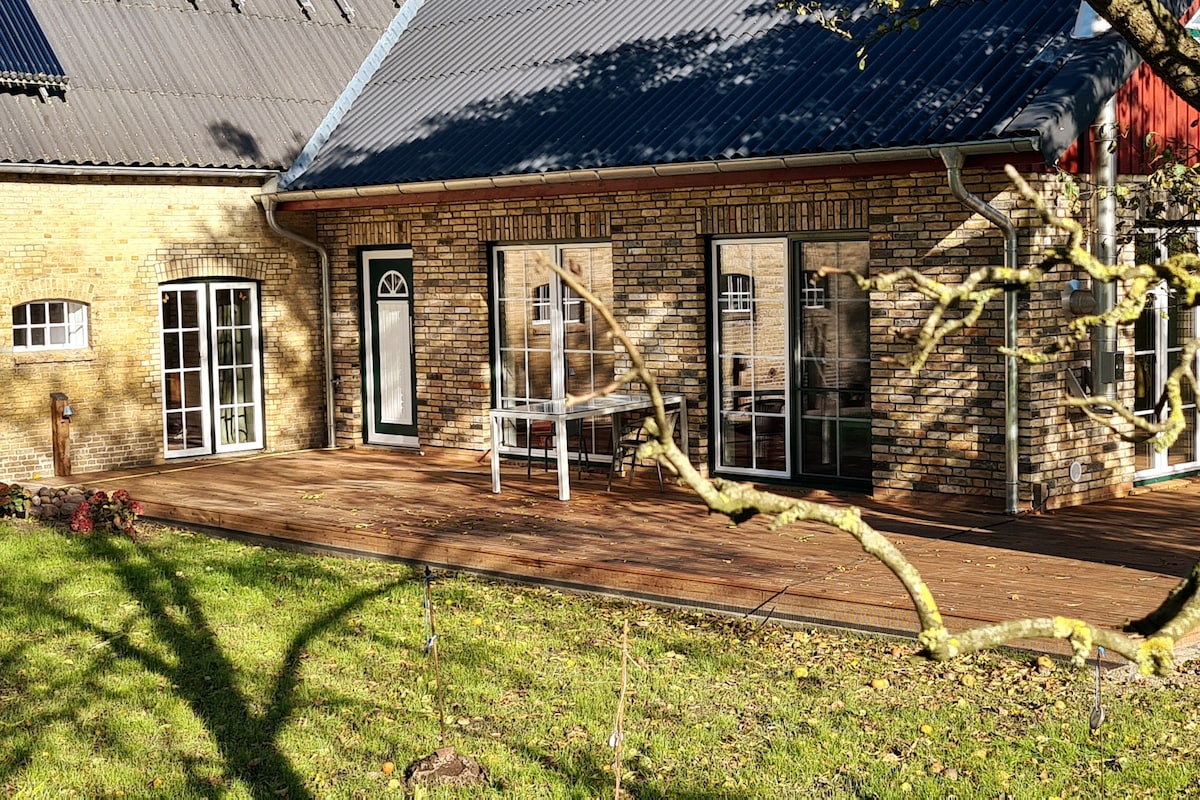
Country life, wellness and nature
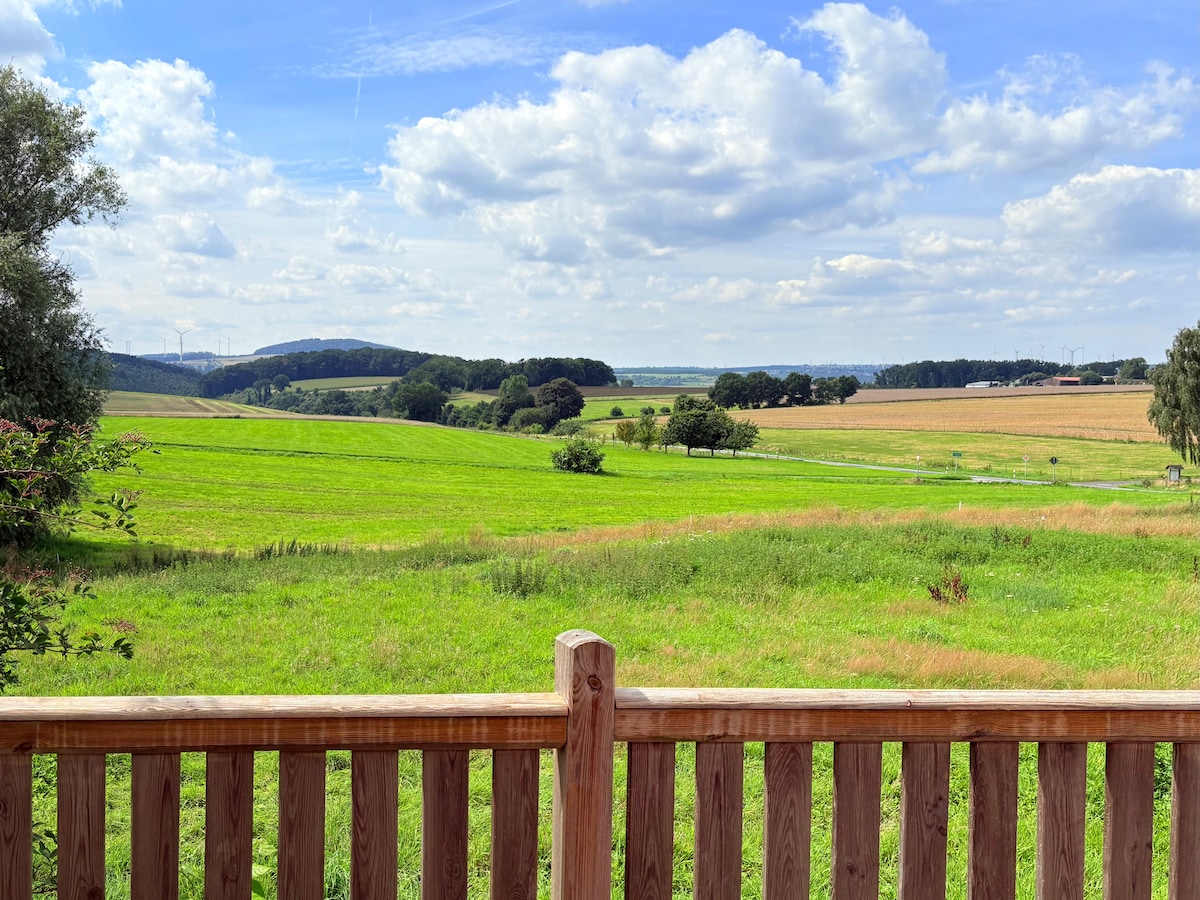
A dream for humans and dogs
 All about Germany
All about Germany
Germany might just be the best place to orient yourself to central Europe's varied terrains: Its borders are flanked by vertiginous Alps, brilliant lakes, and dune-ribbed beaches. Off the northernmost tip, the Frisian Islands form a dreamy 24-mile long archipelago, with the island of Sylt shining as a popular choice for a ritzy getaway. Down south, the Romantic Road winds through Bavaria’s historic walled towns, Romanesque villages, and mountainous landscape. This rugged region is also synonymous with popular festivals like Oktoberfest. In the country’s interior, the scenery softens into idyllic valleys, plains dotted with farmhouses, and meditative forests. But it’s German cities like Berlin, Munich, and Frankfurt that offer a steady pulse of culture. The country still hums with activity throughout the winter season when the snow-capped mountains change from a hiker's paradise to a base for skiing. The famous Christmas markets that spring up across most towns and cities in Germany offer mulled wine, traditional sweets, and handmade crafts.
 What are the top things to do in Germany?
What are the top things to do in Germany?
Bavaria
Bavaria’s countryside boasts a trove of natural wonders. Bavarian Forest National Park, the country’s first national park, is home to 14,000 wildlife species, including the endangered lynx, Ural owl, and capercaillie. The shorelines of Lake Constance’s sparkling cyan waters touch Germany, Austria, and Switzerland, making the lake a hotspot for swimmers and sailors from all three countries. The setting for all this: The Bavarian Alps and Danube plains, which are dotted with storybook castles fit for a fairytale.
Neuschwanstein Castle
Originally a retreat for King Ludwig II, this 19th-century castle is now one of Europe’s most-visited citadels. A mix of Romanesque and Byzantine architecture, it is inspired by castles and cathedrals of the king’s childhood. Inside, discreet passageways and grand hallways lead to gilded rooms and skyscraping watchtowers.
Museum Island
Museum Island is a UNESCO World Heritage Site and one of Berlin’s most popular stops. Here, five world-class museums were built over the course of centuries. The Altes Museum was designed by one of Prussia’s most prominent architects, the Pergamon Museum houses a coveted collection of Greek and Roman antiquities, and the Bode Museum is known for its 19th sculpture collection.
Destinations to explore
- Pension rentals Germany
- Farmstay rentals Germany
- Private suite rentals Germany
- Earth house rentals Germany
- Treehouse rentals Germany
- Shepherds hut rentals Germany
- Houseboat rentals Germany
- Serviced apartment rentals Germany
- Boutique hotels Germany
- Shipping container rentals Germany
- Religious building rentals Germany
- Resort rentals Germany
- RV rentals Germany
- Pet-friendly rentals Germany
- Beachfront rentals Germany
- Ski-in/ski-out rentals Germany
- Rentals with outdoor seating Germany
- Beach house rentals Germany
- Cottage rentals Germany
- Dome rentals Germany
- Rentals with a home theater Germany
- Rentals with a hot tub Germany
- Condo rentals Germany
- Adapted rentals Germany
- Boat rentals Germany
- Yurt rentals Germany
- Rentals with a patio Germany
- Rentals with a fire pit Germany
- Castle rentals Germany
- Chalet rentals Germany
- Apartment rentals Germany
- Rentals with a fireplace Germany
- Guesthouse rentals Germany
- Fitness-friendly rentals Germany
- Nature eco lodge rentals Germany
- Rentals with an accessible height toilet Germany
- Rentals with breakfast Germany
- Family-friendly rentals Germany
- Campsite rentals Germany
- Aparthotel rentals Germany
- Hostel rentals Germany
- Rentals with lake access Germany
- Bungalow rentals Germany
- Tiny house rentals Germany
- Rentals with a washer and dryer Germany
- Vacation home rentals Germany
- Cabin rentals Germany
- Rentals with beach access Germany
- Rentals with an EV charger Germany
- Smoking-friendly rentals Germany
- House rentals Germany
- Lakehouse rentals Germany
- Bed and breakfasts Germany
- Tipi rentals Germany
- Barn rentals Germany
- Villa rentals Germany
- Rentals with pools Germany
- Rentals with a sauna Germany
- Waterfront rentals Germany
- Windmill rentals Germany
- Rentals with an accessible height bed Germany
- Rentals with a kayak Germany
- Rentals with a balcony Germany
- Loft rentals Germany
- Hotel rooms Germany
- Townhouse rentals Germany
- Ranch rentals Germany




